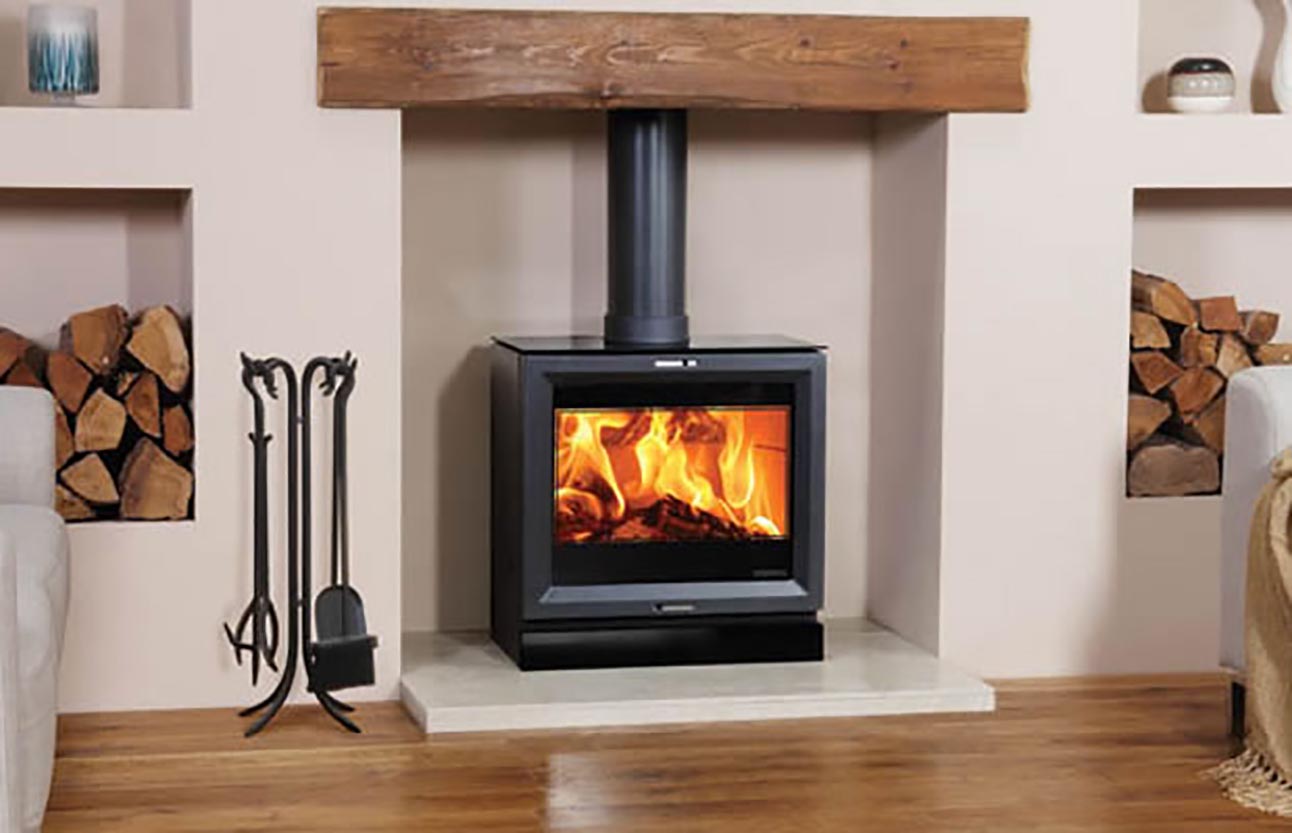A Future of Stove Installation: Trends and New Developments
As property owners think about a kitchen upgrade, the choice of a new stove can be simultaneously exciting and overwhelming. Amid a wide range of options available, including gas, electric, and induction cooktops, it is crucial to navigate the installation process with knowledge and care. Stove installation is not just about choosing the right appliance; it also requires grasping the technicalities, safety protocols, and local regulations that must be considered. This guide aims to illuminate the latest trends and innovations in stove installation, enabling homeowners to take informed decisions.
In today's fast-evolving home improvement landscape, hiring a qualified stove installation specialist has grown more crucial than ever. These experts are not only skilled at ensuring a smooth installation but also possess a deep understanding of safety precautions and compliance with local codes. Whether you are contemplating a conversion from electric to gas, enhancing your current stove, or simply switching out an outdated model, it is important to be aware of the various factors that influence the installation process. By familiarizing yourself with what to expect, you can set the stage for a successful and efficient kitchen transformation.
Deciding on the Best Stove: Natural Gas vs. Electric
In the process of selecting a stove for your kitchen, the decision often boils down to deciding between natural gas and electrical models. Each option has its distinct benefits and drawbacks that can substantially impact your cooking experience. Natural gas stoves are known for their quick and responsive heat, which allows for precise temperature control. A lot of professional chefs prefer gas for its ability to immediately adjust flame intensity, providing an benefit in cooking techniques that require exacting heat levels.
On the flip side, electric stoves, including induction hobs, offer convenience and safety features that may attract many homeowners. Electrical models are typically easier to clean due to their even surfaces and often feature functions such as timers and auto shut-off features. Moreover, induction stoves heat up more quickly than traditional electric stoves and only heat the cookware, making them energy-efficient and mitigating the risk of burns.
Ultimately, the choice between gas and electric stoves should take into reflection factors such as cooking habits, kitchen design, and individual preference. Homeowners should consider how they normally cook and whether the specific advantages of one type over the other aligns with their culinary style. Additionally, access to gas lines and local utility regulations may also impact this decision, making it essential to consider both options meticulously.
Getting Ready for Your Stove Installation
Before the installation of your stove, it is important to ensure that the kitchen is properly organized. Start by measuring the space where the stove will be installed. Verify that the dimensions match the specifications of the stove. This considers aspects of the height, width, and depth to ensure a suitable fit. Remove the area of any items or clutter to allow easy access for the installers. Additionally, check that the flooring can support the weight of the appliance and is in suitable condition to prevent any issues during installation.
Next, evaluate any necessary utilities that will be connected to your stove. If you're opting for a gas stove, check that you have an appropriate gas line installed and evaluate whether an upgrade is needed. For electric appliances, ensure that the electrical outlet is capable of handling the appliance's requirements. It's also advisable to confirm that the kitchen has adequate ventilation, especially for gas stoves, to minimize any hazards. Address any concerns in advance to streamline the installation process.

In conclusion, investigate and verify any local codes and permits required for appliance installation. This can include and may not be limited to safety regulations and building codes specific to gas or electric appliances. Consulting your stove installation specialist can help clarify what is needed. Planning ahead will not only speed up the installation but also provide for a safe and compliant setup for your new cooking appliance.
Protection and Adherence in Stove Installation
Regarding stove installation, security should always be the top priority. Adequate installation is vital to prevent possible hazards such as gas escape, flames, and electrical shocks. Homeowners should be informed of the local stove installation codes and rules that pertain to their neighborhood. These codes often specify requirements for exhaust, distance around the stove, and essential permits. Neglecting these regulations can not only compromise safety but may also lead to legal problems down the line.
Alongside complying with local codes, ensuring that the installation is performed by a certified professional is critical. Professionals have the skill to manage the complexities of both gas and electric stove installations, including the potential need for electrical upgrades or gas line modifications. They know the safety measures required, such as adequate ventilation for gas stoves and the correct outlets for electric units. This not only facilitates in compliance with safety regulations but also ensures a sense of security for homeowners.
After installation, it’s important to carry out regular maintenance and safety checks. Homeowners should know how to avoid gas leaks and identify the signs of potential issues, such as odd scents or appliance performance problems. Regular inspections can help identify maintenance needs before they become critical issues. By focusing on safety and compliance at every stage of the stove installation process, homeowners can enjoy their modern kitchen appliance with certainty and security.